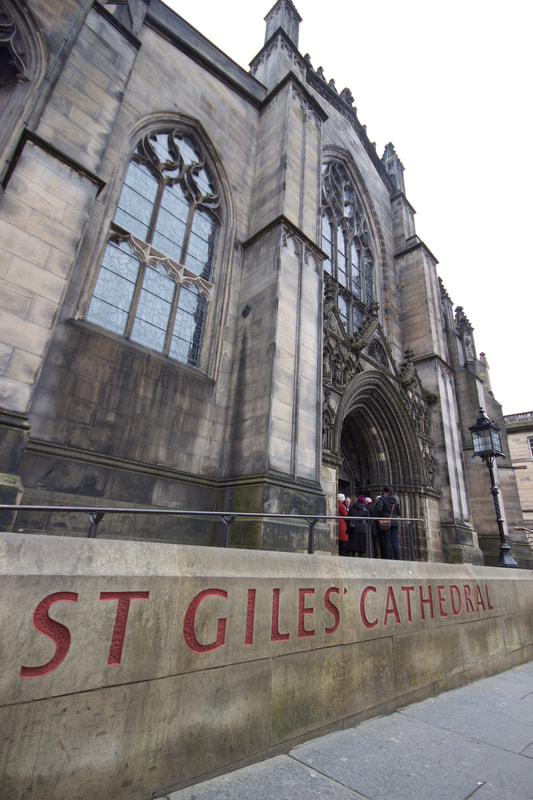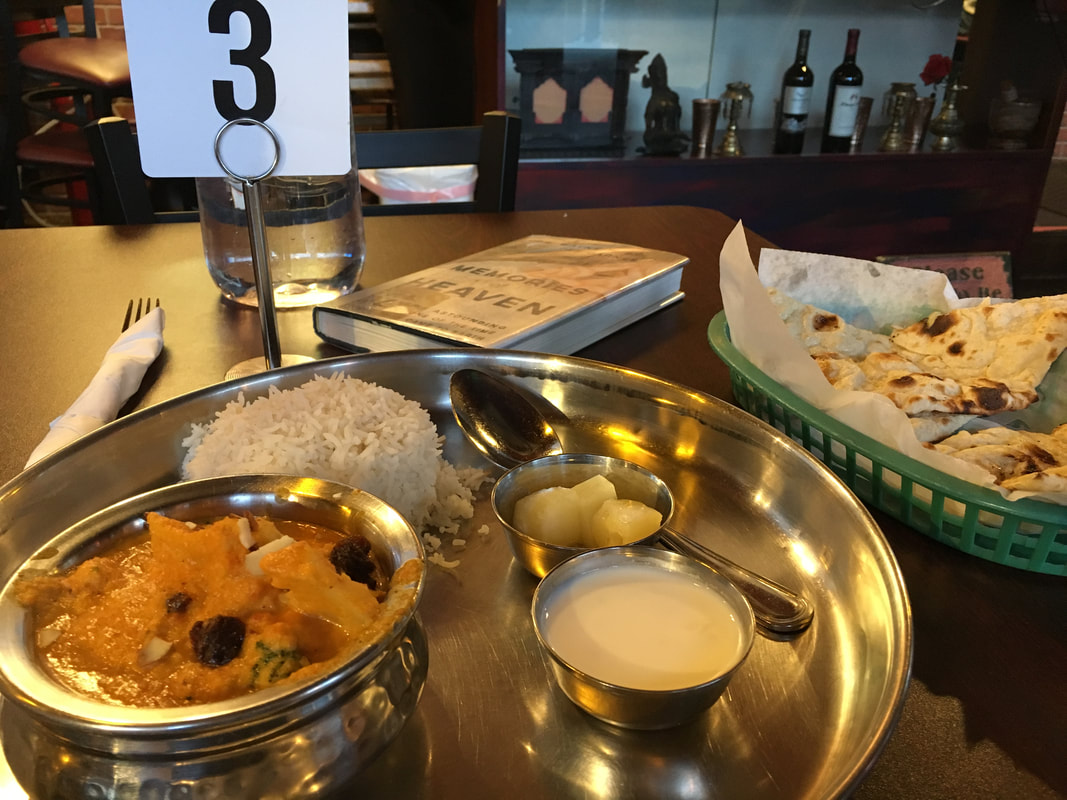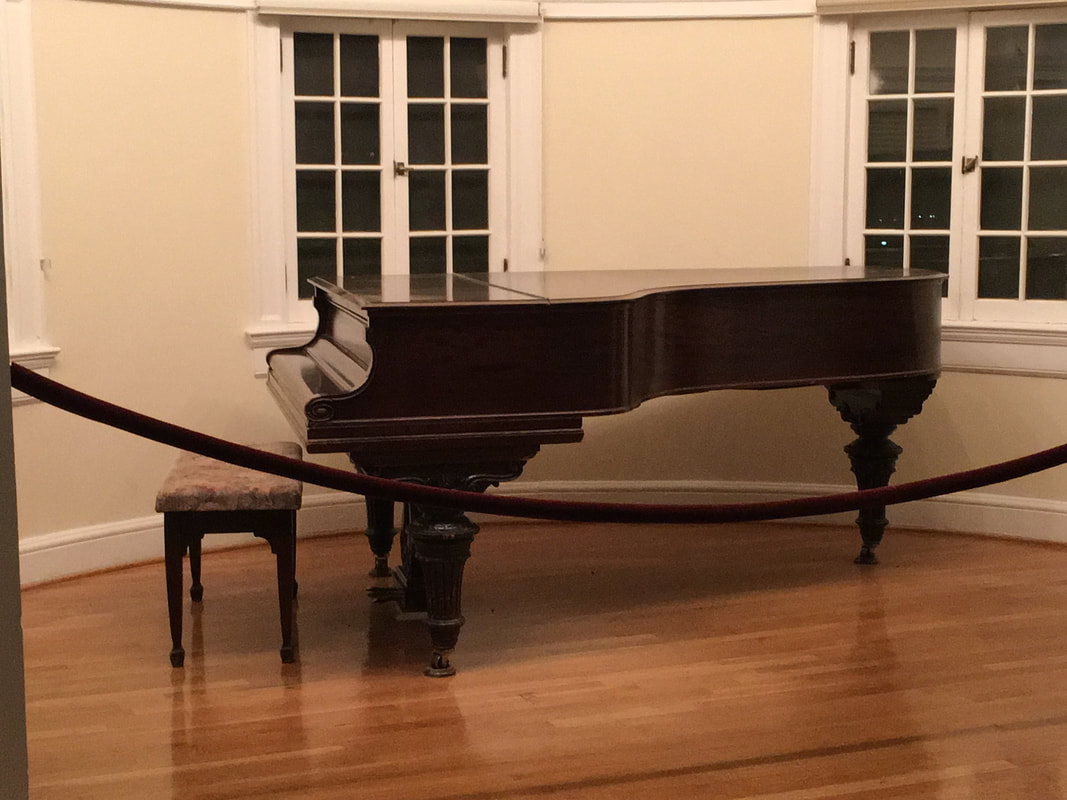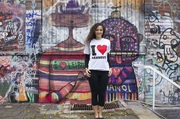This is the heart of Edinburgh. With so many unique and historical sites, you can't help but experience the true essence of Scottish culture on this street. Start at the castle and slowly make way discovering each alleyway. Trust me, there's something to be explored in each one. So many people zip up and down and spend time at the tourist shops without actually exploring or reading the plaques on the wall about what once happened in that spot.
Edinburgh Castle
Nestled on the top of the hill, overlooking the New and Old Town, if there is one thing to do in Edinburgh you must visit the castle. A bit pricey, but not horrible, this is one place to spend money on the entrance fee. Entry fees are now 19.50 pounds at the gate (online tickets are cheaper), but the views, history, sites and free gift shop whiskey tasting pays off. There are not many places in the world where you can stand in the dining hall where a beheading execution took place over an argument. Isn't life (and history) crazy?
This historic fortress dates back to the 12th Century since the reign of David I. The Edinburgh castle has been part of various sieges in 1640, 1650, 1689 and 1745. The most popular involvements in historical conflicts include the 14th Century War of Scottish Independence and the Jacobite Rising if 1745.
This vibrant neighborhood was once home to horses and cattle between the 14th and 19th Century. The area served as a marketplace for buying and selling livestock. Unbeknownst to most travelers, this district was known for its public executions. Between 1661-1688, over 100 people died during "The Killing Time" for the conflicts between Presbyterian Covenanter movement and the forces of King Charles II and James VII.
One street travelers must explore is Cowgate Street. This street led to the Grassmarket and is common to see cows plastered on the facade of the buildings. The street earned its title in 1428 as cows once walked this street in the direction of the market. The Cowgate once housed noble families and city counsel. On the free tour of Edinburgh, the guide mentioned that this district was once covered in human waste because the locals would dump their buckets onto the street, leaving more than ankle-deep of human urine and feces on the roadside. Between 1750-1950, the area became a slum, overcrowded with many impoverished people.
This 16th Century cemetery lies near the Southern edge of Old Town. At night during the free ghost tour, the guide talks about spooky events and prominent headstones that are relevant to Edinburgh's past. On a lighter note, the Greyfriars Bobby is a statue of the loyal dog who guarded his master's, renowned philosopher David Hume, grave for 13 years.
Other notable graveyards include Old Calton Burial Grounds and Canongate Kirk.
Scott Monument
Sir Walter Scott was a popular Scottish poet, novelist, playwright, historian and biographer. In the mid 1790’s, Scott became interested in German Romanticism, Gothic novels and Scottish ballads. In 1796, he published his first pieces, The Work and William and Helen, a translation of German Romantic Balladeer G.A. Bürger. Scott became one of Scotland’s most profound poets and writers using strands of novel-writing techniques, which he fused with his interest in Scottish history and antiquarian lore. Scott died in 1832, and the city congregated to agree on a monument dedicated to this prolific writer. In 1836, the city launched an architectural competition and what you see today are the results from George Meikle Kemp’s winning bid.
The Writer’s Museum is free and dedicated to Scottish writers, specifically Robert Burns (1759-1796); Sir Walter Scott (1771-1832); and Robert Louis Stevenson (1850-1894). Special exhibits and collections frequently visit the museum. Explore a variety of rare books, portraits and writing desks. Check for hours as the museum is closed on Monday and Tuesdays beginning October 1, 2016.
Makar’s Court is the area surrounding the museum. Keep your eyes peeled on the ground for famous quotes etched in stone, some of which date back to 14th Century writers.
Sitting a stone's throw away from St. Gile's Cathedral is the Heart of Midlothian, a series of granite setts shaped into a heart. What seems like a normal landmark is actually a spitting corridor steeped in ritual. This was once the administrative center of town, prison and a place of execution. The heart lays at the former entrance doors of the Old Tolbooth prison, and the brass markers indicate where the building once stood. This 14th Century prison earned quit a reputation, one to be avoided that is, due to its cold-hearted and vile nature of killing innocent souls to petty thieves.
St. Gile's Cathedral
Founded in 1124, this church was the focal point of the Scottish Reformation during the 16th Century. The church has quit a historical resume, and more information about it's past is found at the church's website.
Discover more about Scotland, and check out other blogs about Edinburgh!
A Literary Tour of Edinburgh: A Book Lover's Haven
9 Cheap (and Free) Things to Do in Edinburgh, Scotland
Vegan in Edinburgh, Scotland: Himalaya Cafe
This Lemon Tree article is now featured on GPSmyCity. To download this article for offline reading or travel directions to the attractions highlighted in this article, go to The Best Historical Sites You Can't Miss in Edinburgh.
Let's Connect!



































 RSS Feed
RSS Feed